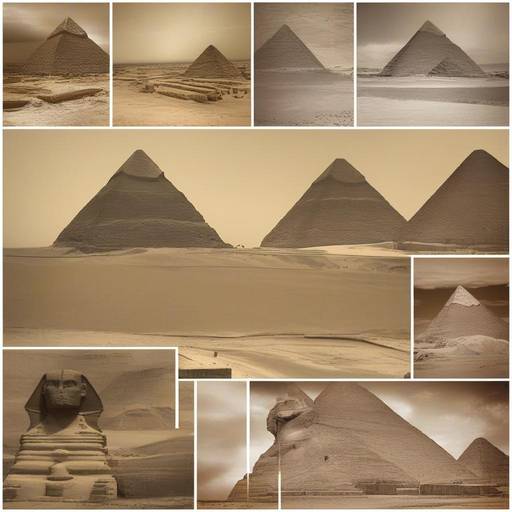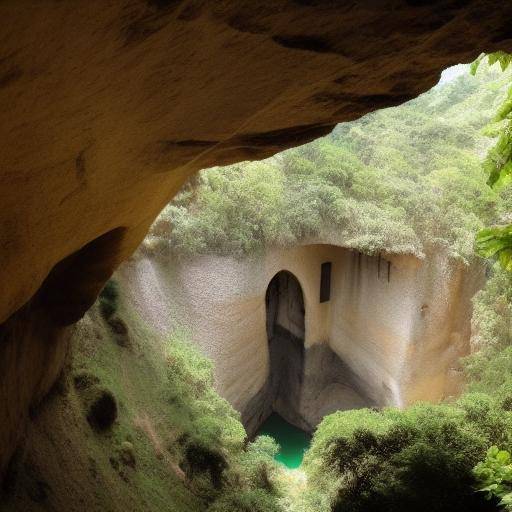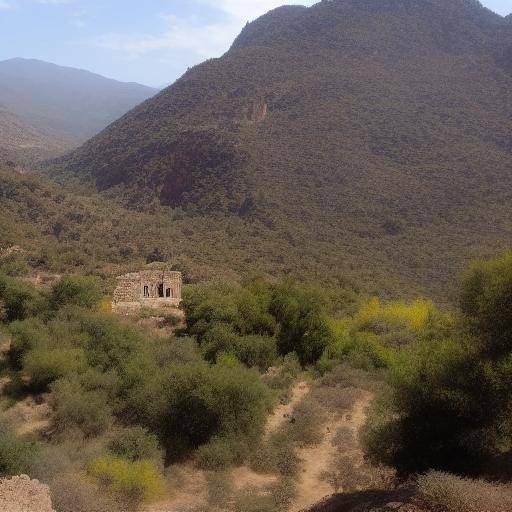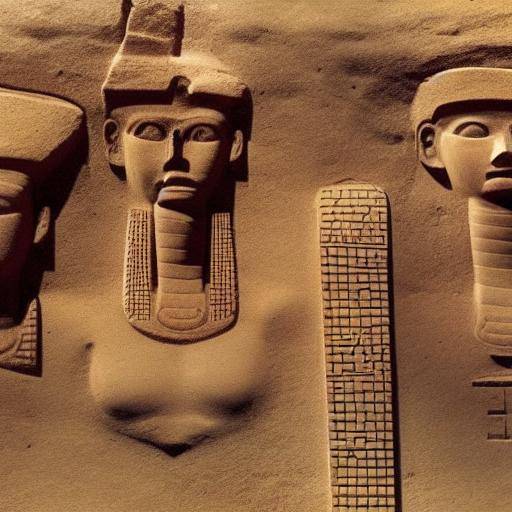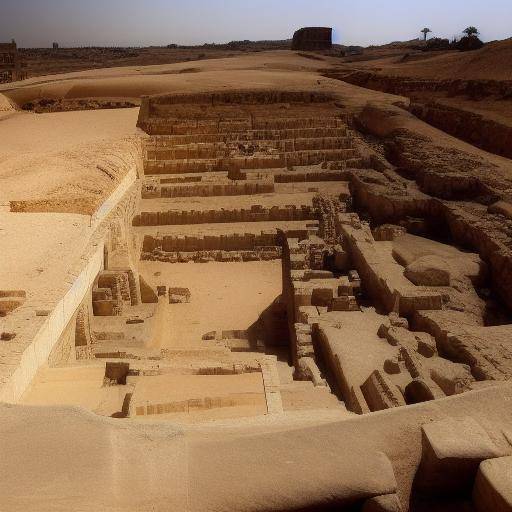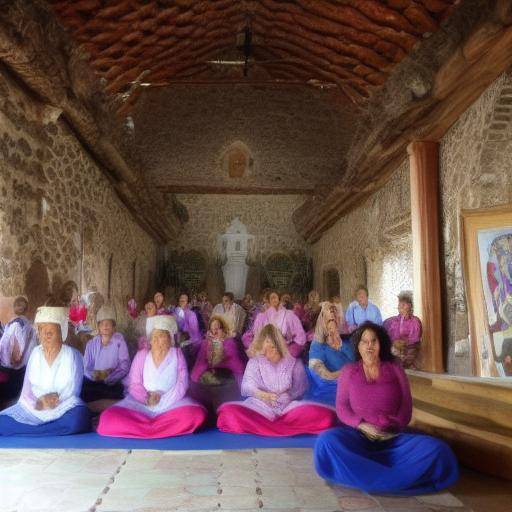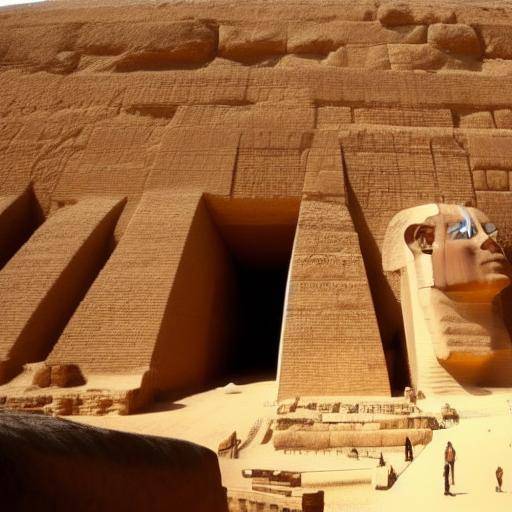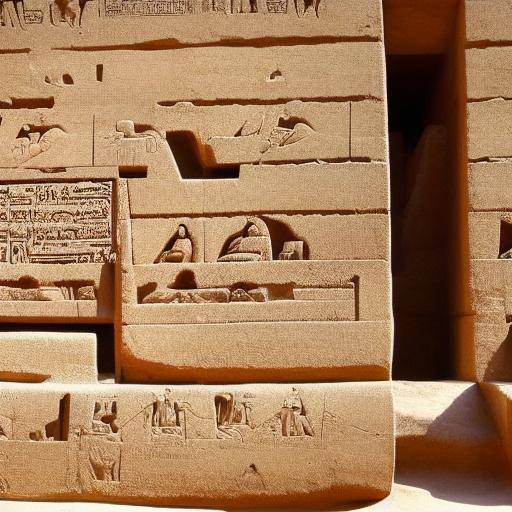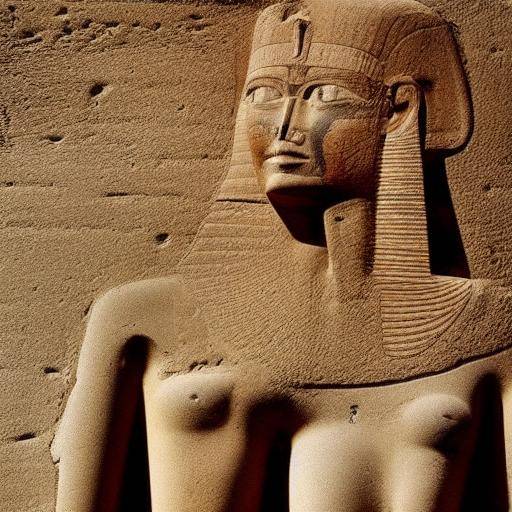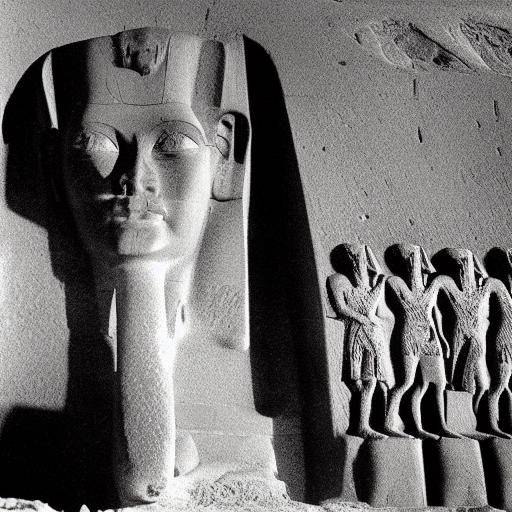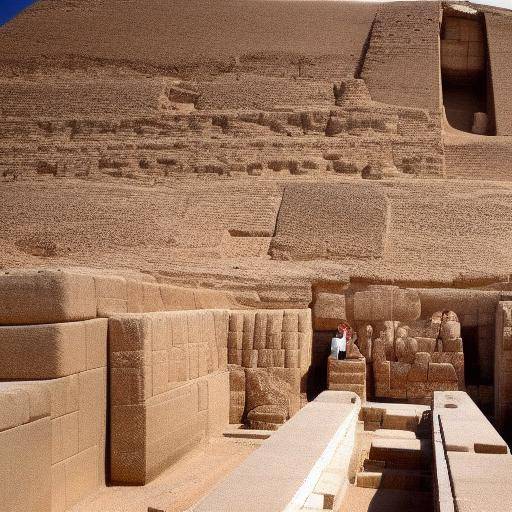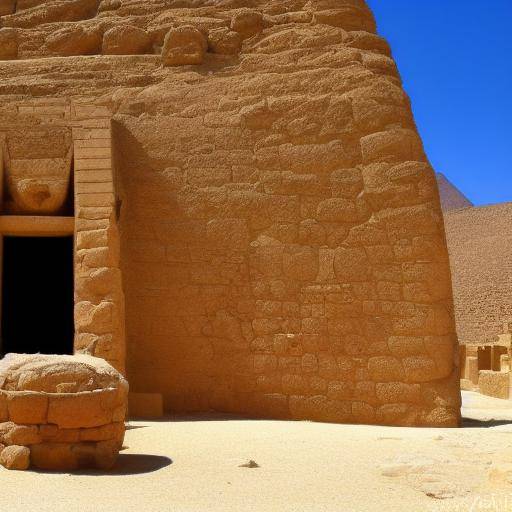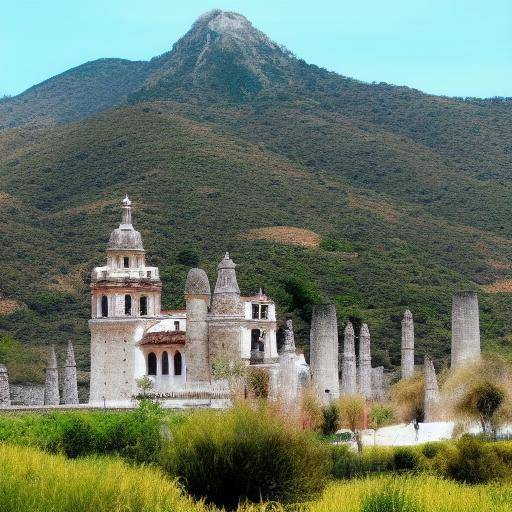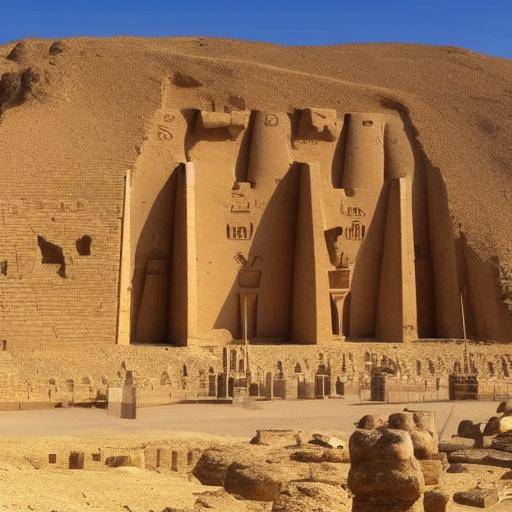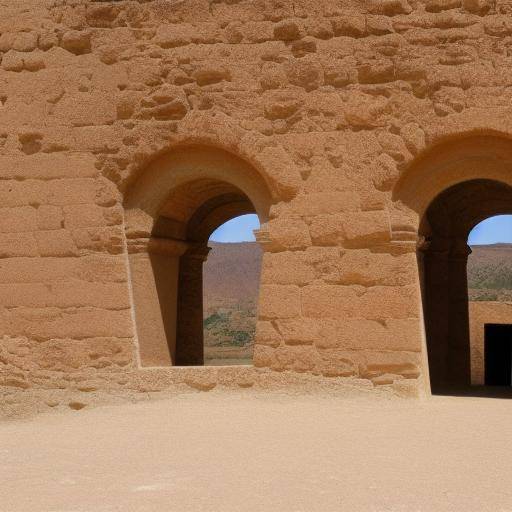
The Valley of the Kings, located on the west bank of the Nile River, is a treasure of ancient Egyptian civilization that attracts travelers from around the world. This site, famous for hosting the tombs of Pharaohs, queens and nobles of ancient Egypt, offers a unique window to get into the rich history and culture of this enigmatic civilization. In this article, we will explore the fascinating intersection between the Valley of the Kings, Egypt and cultural tourism, providing a complete overview of this exciting tourist destination.
Introduction
The Valley of the Kings, also known as "The City of the Dead", is a place where the majesty of the funeral architecture intertwines with the greatness of ancient history. Here, visitors have the opportunity to immerse themselves in the splendour and mystery of ancient Egypt, exploring the graves of the most famous Pharaohs, such as that of the young king Tutankamon, and admiring the impressive paintings and hieroglyphics that adorn the walls of these funeral monuments.
History and Background
The Valley of the Kings was the place of burial of numerous Pharaohs and nobles during the nineteenth Dynasty and the XX Dynasty of ancient Egypt, approximately between the years 1539 and 1075 BC. This archaeological site played a crucial role in Egyptian funeral tradition, where the tombs were believed to be doors to eternal life. The decorations and texts within the tombs provide valuable information on the cosmovision, beliefs and mythology of ancient Egypt.
Beyond the royal tombs, the Valley of the Kings houses a wealth of archaeological treasures and discoveries that continue to shed light on the culture, society and religion of ancient Egypt. Each shocking finding provides one more piece to the fascinating puzzle of this ancient civilization.
Detailed Analysis
The beauty and historical significance of the Valley of the Kings make it a reference point for cultural tourism in Egypt. Visitors not only have the opportunity to marvel at the architecture and art of the tombs, but can also immerse themselves in the wonderful story that hides behind each funeral monument.
Cultural tourism in the Valley of the Kings offers an enriching experience that goes beyond the superficial; it allows visitors to connect with an ancestral civilization, understand their traditions and reflect on the permanence of certain values over time. This cultural immersion can be profoundly transformative for those who seek to transcend temporal and geographical borders through the journey.
Comprehensive review
Compared to other tourist destinations, cultural tourism in the Valley of the Kings is distinguished by its ability to merge recreation with education, offering visitors a complete experience that not only entertains, but also enriches intellectually. The preservation of this cultural heritage is essential for its enjoyment by future generations, and responsible and sustainable tourism plays a crucial role in its conservation.
Comparative analysis
The Valley of the Kings stands out as an ideal destination for history lovers, archaeology enthusiasts and culture enthusiasts. Through its imposing architecture and the stories recorded on its walls, this place offers a unique look at the grandeur of ancient Egypt.
Compared to other cultural destinations, the Valley of the Kings stands as an exceptional monument that allows visitors to unravel the mysteries of a legendary civilization, providing them with an unforgettable and educational experience.
Practical Tips and Accessible Tips
When you plan your visit to the Valley of the Kings, consider hiring a tour guide with expertise in the history and archaeology of ancient Egypt. This will allow you to obtain detailed and contextualized information about each tomb and its meanings. In addition, it recalls respecting and following the conservation and preservation indications established by the local authorities to ensure that this invaluable heritage will last for future generations.
Industrial Perspectives and Expert Reviews
Cultural tourism experts agree that the Valley of the Kings represents an exceptional destination for those seeking an experience that combines recreation and cultural enrichment. The importance of preserving this heritage for the enjoyment and education of future generations has led to greater emphasis on sustainable and ethical practices within the tourism industry.
Case Studies and Real Life Applications
Various institutions and organizations have undertaken initiatives to promote responsible tourism in the Valley of the Kings, promoting awareness of its historical and cultural value, as well as promoting conservation and restoration programmes. These multidisciplinary efforts seek to ensure that this legacy is perpetuated and continues to inspire present and future generations.
Future Trends and Predictions
Current trends indicate growing interest in cultural tourism as a form of personal enrichment and connection with the history and heritage of other peoples. The Valley of the Kings is expected to remain a major destination for travelers interested in entering the fascinating world of ancient Egypt, as well as for those seeking meaningful and educational tourist experiences.
Conclusions
The Valley of the Kings stands not only as a tourist destination, but as a silent witness of the greatness and legacy of ancient Egypt. Its value as cultural heritage transcends the borders of time, offering a unique window to a millennial civilization that continues to fascinate the modern world. When visiting the Valley of the Kings, travelers have the opportunity not only to admire great graves, but to immerse themselves in the history, mythology and traditions of one of the most extraordinary civilizations that has existed on Earth.
FAQs
What is the importance of the Valley of the Kings in the history of Egypt?
The Valley of the Kings houses the tombs of numerous Pharaohs and nobles of ancient Egypt, providing an invaluable insight into the funerary tradition, the cosmovision and mythology of this iconic civilization.
What are the highlights that a visitor can expect when exploring the Valley of the Kings?
Visitors can marvel at the architecture and decorations of the royal tombs, as well as appreciate the incredible paintings and hieroglyphics that illustrate the history and beliefs of ancient Egypt.
What is the best time of the year to visit the Valley of the Kings?
The best time to visit the Valley of the Kings is during the coolest months of the year, between October and April, when temperatures are more moderate and allow a more comfortable exploration of the site.
What measures are being taken to preserve the Valley of the Kings?
Conservation and restoration measures have been implemented to protect tombs and their content of possible damage, as a result of tourism and the passage of time, ensuring the long-term preservation of this invaluable heritage.
What is the relevance of cultural tourism in the context of the visit to the Valley of the Kings?
Cultural tourism gives visitors the opportunity to delve into the history, culture and traditions of ancient Egypt, enriching their travel experience with knowledge and reflections about Egyptian civilization.
What are the current challenges facing cultural tourism in the Valley of the Kings?
One of the main challenges lies in finding a balance between openness to tourism and the preservation of cultural heritage, as well as in ensuring sustainable tourism practices that do not compromise the integrity of the site.
With its historical and cultural wealth, the Valley of the Kings transcends the mere concept of tourist attraction to become a portal to a past era. Its influence endures in the understanding of humanity over itself and offers a tangible connection to the legacy of a civilization that has endured through millennia. When visiting this unique enclave, travelers have the opportunity to immerse themselves in a unique experience that will allow them to understand and appreciate in all its magnitude the greatness and significance of ancient Egypt.

